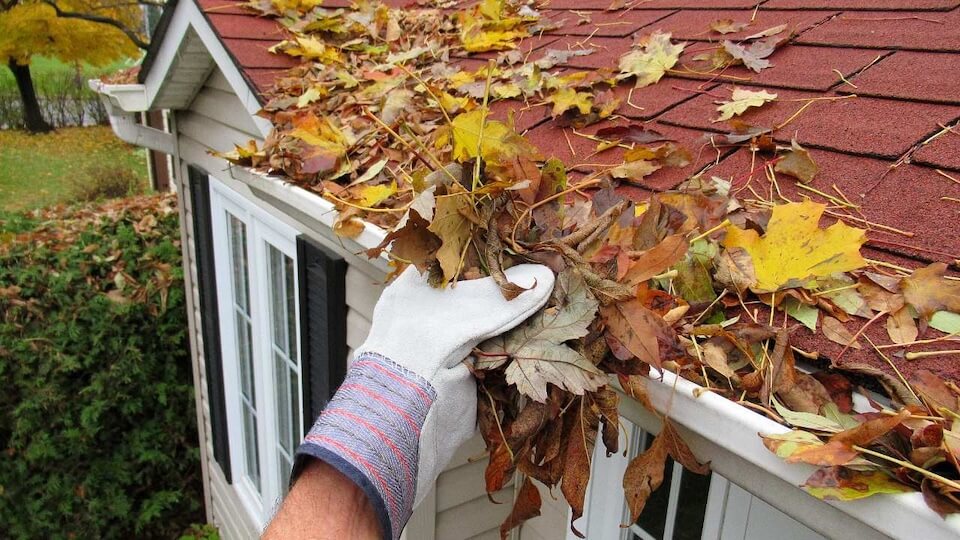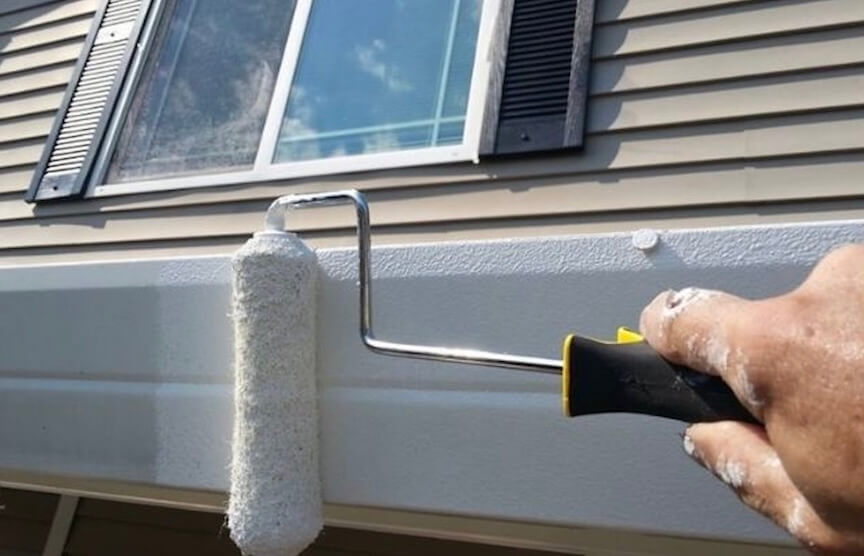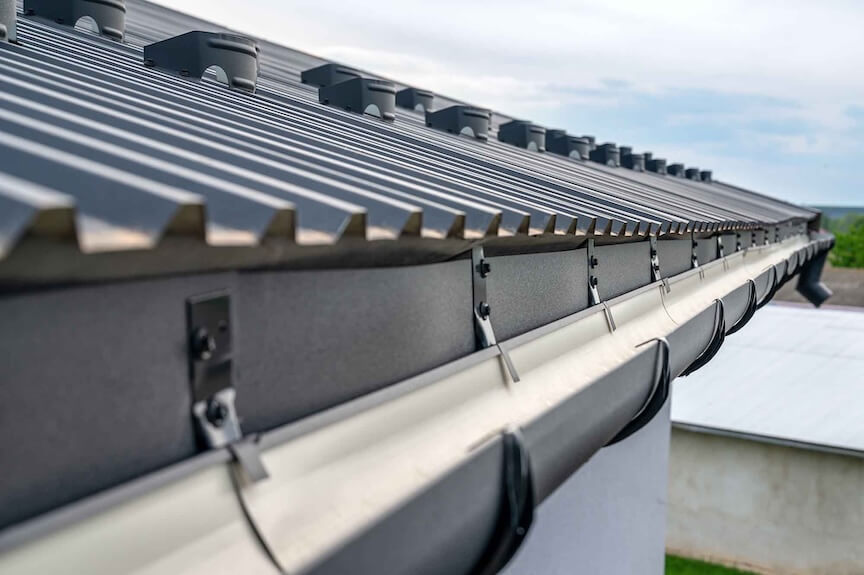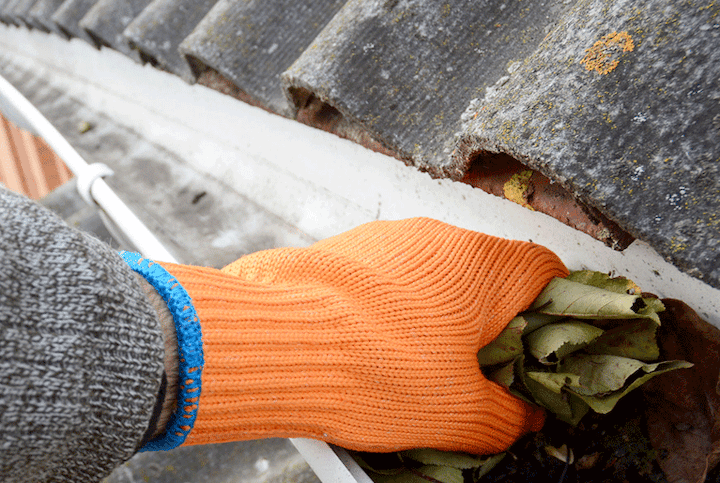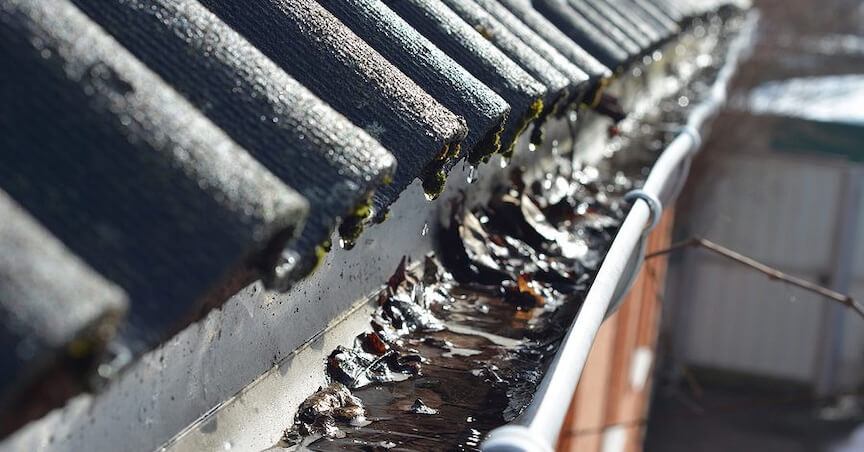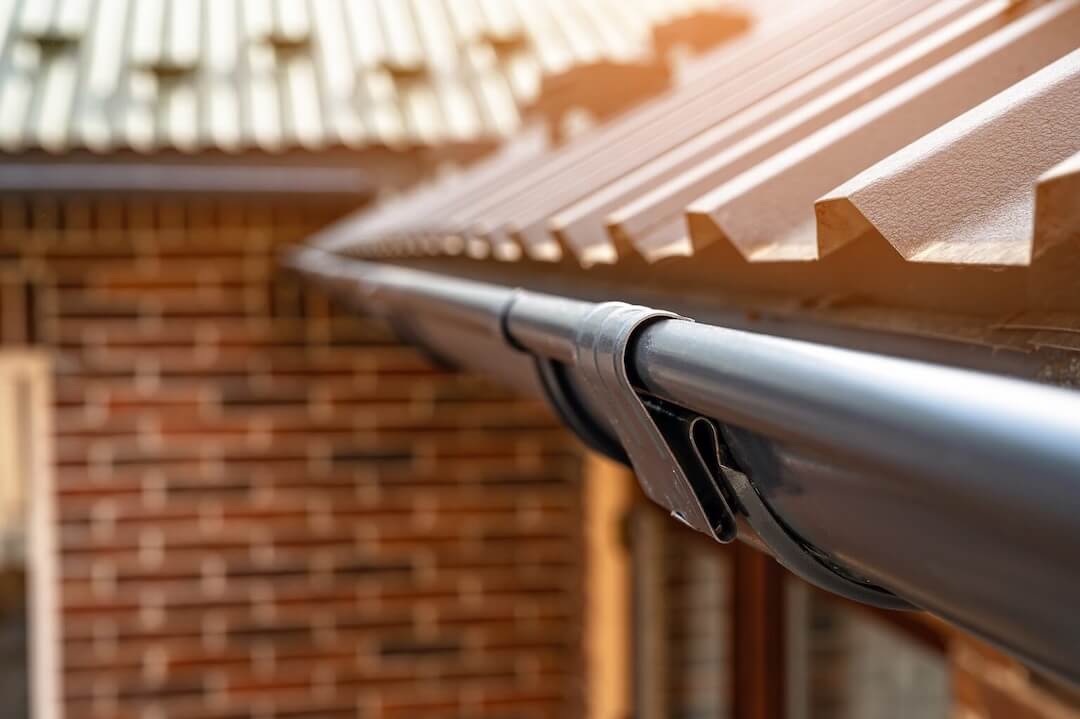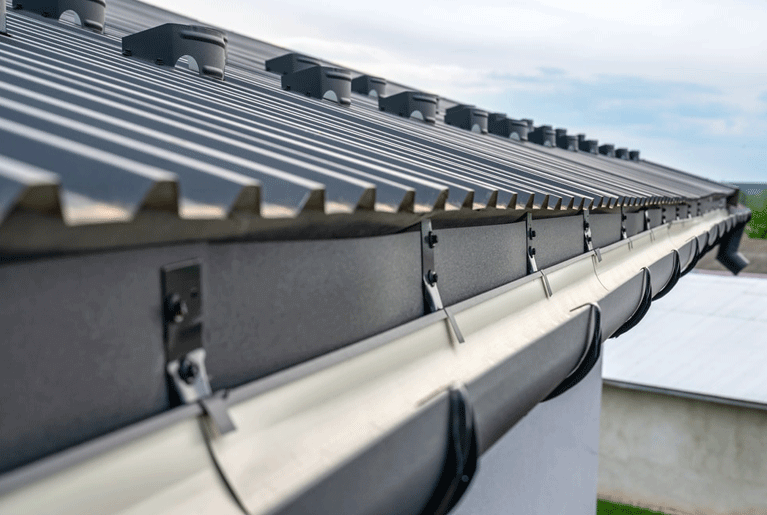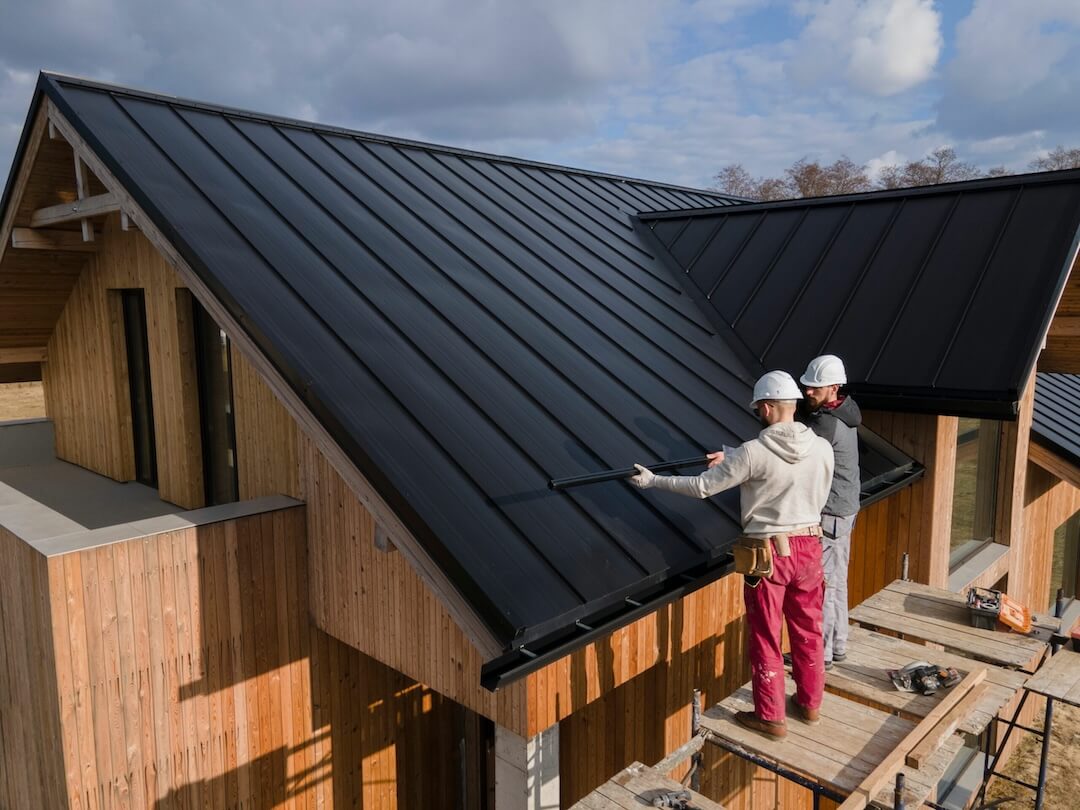For most homeowners, gutters may seem like a minor element of their property's overall structure. Gutters play a crucial role in protecting the house from rainwater damage, as they divert rainwater to safe areas away from the roof, walls, and foundation. One should always opt for professional gutter installation; otherwise, the surrounding environment may cause problems. Leaves, twigs, and other debris can cause hindrance, and hence the gutters can no longer carry out their function efficiently. Excess standing water caused by blocked gutters creates problems that affect other parts of your property, from its foundation to the overall structure and even interior living spaces. By understanding these issues, steps can be taken to keep them functioning properly and free from damage, while saving on expensive repairs and maintaining a damage-free home. For hassle-free services regarding gutters, contact us immediately.
In this article, we will discuss six common problems created by clogged gutters in Portland, along with preventative measures to help you deal with these expensive problems.
1. Foundation Damage
Gutters play a significant role in diverting water away from the foundation of your home. In clogged rain gutters, water overflows and collects beside the foundation rather than being safely directed away from it. It will lead to damage in your foundation and, eventually, change the integrity of your home.
Soil Erosion
Excess water around the foundation can result in soil erosion. This destabilizes the foundation and increases the likelihood of soil erosion and runoff. It becomes more destructive in clay-rich soil as it expands upon absorption of water and shrinks with some drying, which gives uneven pressure on the foundation which leads to cracking and structural problems.
Impacts
When soil next to the foundation washes away, cracks develop. Besides the damage to aesthetics, foundation damage can also include cracks in the walls, which allow water to enter the foundation and cause damage to the entire structure. A whopping 98 percent of U.S. basements experience some form of water damage. Even the National Association of Home Builders states that these issues are largely linked to foundation-related damage caused by clogged gutters in Portland.
This is one of the most expensive home repairs that homeowners typically incur. Depending on the severity of the damage, foundation repair can be expensive, and this has become one of the major financial risks associated with clogged gutters in Portland. Gutter cleaning is a small yet worthwhile investment compared to the costs of repairing damage to the foundation caused by a gutter backlog. When searching for gutter cleaning near me, hiring a professional is always recommended.
2. Roof Damage
During heavy rainfall or the colder months, you will often find clogged rain gutters, the water will start to flow incorrectly from the roof, and gather, along with several other harmful effects that may shorten the lifespan of your roof.
Some of the problems include:
Water Clogging and Ice Dams
In colder areas, clogged gutters in Portland can lead to ice dams. When the snow melts on a roof and cannot drain due to blockage, it freezes once again at the gutter line, creating a dam which forces water back under the shingles. Water leaks into the attic, causing rot in the wood, mold, and structural damage. According to the Insurance Information Institute, it accounts for a major portion of claims processed in northern regions.
Rot and Mold Growth
The wetting up of roofs at their edges causes moisture accumulation in the areas of wood components, such as the fascia boards on which gutters sit. That moisture encourages rotting, weakening the structural elements of the roof. The rotted and dampened wood further encourages mold growth, which spreads inside your home. This can also reduce the lifespan of the roofs. When exposed for too long, moisture can damage materials, making them less durable and more prone to leaks.
Roof repairs or replacements can be very pricey in the process. The amount of materials used also determines the average cost. Proper maintenance of the gutters will prevent water backup, protect your roof from unnecessary wear and tear, and thereby extend its lifespan.
In short, clogged gutters in Portland will lead to significant damage on your roof, and considerable costs can result during the restoration process, affecting the exterior and interior of your house. Cleaning rain gutters regularly saves your roof from the accumulation of moisture, has a longer lifespan, less leakage, and structural damage.
3. Interior Water Damage
Another concerning matter caused by clogged gutters interior water damage. When your gutters overflow, water flows down the exterior walls of your house and finds its way into the interior spaces. Additionally, it can cause severe internal damage, affecting the appearance of your house, incurring substantial repair costs, or posing health risks if mold begins to grow.
Here are some ways through which you could suffer a damaged interior house due to clogged gutters in Portland:
Wall and Ceiling Damage: Water from overflowing could leak into your roof and walls. This leads to marks on ceilings, peeling paint, and even buckled walls. Water-damaged ceilings and walls are not only aesthetically unpleasant, but they can also signal structural problems that require expensive repairs.
Basement Flooding: Water from gutter clogs piling around the foundation can trickle into the basement and cause flooding. Floods in a basement don't only cost money to clean but also encourage mold development- an issue which can damage anything placed in the basement. Indoor mold exposure makes asthma, allergies, and respiratory conditions worse. It is most dangerous for those with health issues before the exposure.
Mold and Mildew: Damp, dark spaces in ceilings, walls, and basements provide ideal conditions for the growth of molds and mildews. This can spread easily within the house and poses severe health issues to the people living there. Mold remediation costs vary depending on the extent of the spread. Interior water damage may range from the walls and ceilings down to the basement. To be able to preserve the safety and health of your living surroundings, along with protecting your investment in your property, preventing overflow and seepage of water inside is vital.
4. Pest Infestation
Clogged gutters in Portland may attract all sorts of pests such as mosquitoes, rodents, and insects. These pests may cause damage to your home but also risk the health of your family. Clogged gutters in Portland harbor water and decaying debris forms the perfect base for pests.
Mosquitoes
Clogged gutters in Portland make perfect breeding grounds for mosquitoes, which come with West Nile virus, dengue fever, and Zika virus. Mosquito-borne diseases are often a risk to young children, elderly people, or anyone else who has a weaker immune system. Clear gutters may decrease the number of mosquitoes around your home and will lower the possibilities of those diseases.
Rodents and Birds
Gutter debris is a perfect nesting place for rodents, birds, and other small animals. Squirrels, mice, and larger birds can start nesting in gutters, entering the attic or walls in your house. These animals can damage wiring, knock over insulation, and raise potential fire hazards, which may become costly and troublesome through pest control measures.
Insects
Stagnant water and decomposing organic matter in gutters attract ants, roaches, and beetles. Once these insects get inside your house, they can infest food storage areas, spread bacterium, and create a sanitation problem.
There could even be serious damages to your home and chances of diseases due to infestation. A well-kept gutter can avoid such infestation by those insects and keep your home clean and safe.
5. Landscape Damage
Congested gutters affect your house's structure but surely will create havoc in your landscaping. When gutters overflow with water, it spills directly onto the yard and can seriously damage plants, flowerbeds and lawns.
Soil Erosion
An overflowing gutter causes soil erosion at the landscape and even garden beds. It destabilizes the plants and trees. Removing those nutrients necessary for the survival of the plants also allows erosion to cause problems with plant growth, thereby more property damage through the destabilization of your home's foundation.
Plant Damage
Overwatering can drown the plant, cause rot in the root, and death of the plants; flower beds, shrubs, and other ornamental elements require a balanced moisture level to get healthy growth. It usually costs hundreds of dollars just to replace dead plants and rebuild the damaged bed, especially if you have invested in ornamental landscaping.
Mulch Displacement
Excessive water running from the gutters can easily carry away the mulch that helps to keep soil moist and protects the roots of the plants. Such dislodged mulch must be replaced many times over in a season, and exposed roots destroy even more plants in your garden. Other than waste, clogged gutters in Portland can also destroy the landscape in the garden - thus neglecting them becomes very costly. You can help protect your garden beds, trees, and shrubs with clean gutters and proper flow control.
6. More Money on Maintenance
All that combined causes more frequent repairs and replacement, which certainly makes the maintenance costs for gutters skyrocket. Those costs can pile up one after another, straining your wallet, and then you could lose money whenever you decide to sell your house.
More Roof Repairs
The water backup in the blocked clogged gutters in Portland degrades the process of the roofing materials, and the homeowner has to call for early repairs or even replacement. Minimal roof repairs can be hundreds of dollars and may get higher according to the situation. Maintenance of gutters prevents an increase of debris and water that causes this damage and makes the service life of your roof even longer.
Foundation and Basement Repairs
Foundation repairs can be very expensive. Whenever water collects, it usually leads to cracking and flooded basements. The costs to repair are expensive. Cleaning your gutters or installing gutter guards can avoid debris buildup.
Overflows can also lead to water damage on your home's outside and inside walls. Sometimes, it also requires repainting. If moisture leads to the development of mold, further remediation is required. Remediation can be an additional cost and depends upon the area affected. Removal of mold can also be very expensive. Its prevention is achieved through proactive maintenance of gutters, and it definitely makes the investment worthwhile in the long run.
Landscape and Yard Repairs
Landscaping may often need to be replaced, mulch added, and soil treated to alleviate erosion. Water pooling under trees or large plants may sometimes reach their root system as well. Professional repair of landscaping damage can run in the hundreds to thousands of dollars, depending on the amount of damage incurred. A gutter protection system can help prevent such costs by regulating water flow away from your landscape.
Gutters form a system meant to protect, and when maintained properly, they can save you from a long list of potentially expensive and very time-consuming repairs. Neglecting the gutter protection of your home leads to numerous maintenance sessions, which can add up to become costly investments in both money and time. A regular gutter maintenance approach, such as cleaning rain gutters, inspecting downspouts, and installing protection systems, will ensure that water damage doesn't just affect different aspects of your home but also your yard.
Preventive Measures to Maintain Gutters
Regular gutter care can prevent all these costly issues described above. Here's some hands-on advice on how you can maintain your gutters clean and running effectively
Clean gutters regularly at least twice a year
Spring and fall seasons create the most debris from falling leaves and flowers as they bloom. Regular cleanings will guarantee water will just flow and won't be blocked. Professional cleaning is always recommended for best results.
Gutter Guards
Gutter guards from Evelyn Leaf and Valor are very effective at excluding large debris like leaves and branches, yet allowing water to flow freely through the gutters. These guards vary from style to style, including mesh, foam, and screen, and reduce the frequency of cleanings required, which saves time and effort. You can find companies that sell gutter related parts just by searching gutter companies near me on google.
Prune Overhanging Tree Limbs
Trees that invade your roof can drop a lot of leaves, twigs, and branches into your gutters. Pruning the tree limbs that overhang the roof prevents a great deal of debris from entering the gutters and reduces the risk of blockage.
Check Your Downspouts Often Enough
As far as gutters and downspouts are concerned, the downspouts should function to drain water away from the foundation of your house. They should be flowing freely, as otherwise, water will drain over instead of flowing normally. If possible, ensure that your home's downspouts are at least five feet away from its foundation.
Consider Professional Gutter Maintenance Services
If your home is multi-storied or has gutters that are difficult to access, consider searching gutter cleaning near me and hiring a professional service to clean your gutters. Experts come equipped with equipment to safely clean and inspect gutters and help prevent problems without the hazards of DIY cleaning. Even if any repair is needed, always opt for professional repairs.
Conclusion
Gutter maintenance might look like a small task, but it can have a colossal impact on how your home looks and maintains its condition. For example, clogged gutters in Portland can lead to problems with your foundation, on your roof, inside your house in the form of water damage, pest infestations, eroding landscapes, and increased maintenance costs. All of these problems could eventually have long-term impacts on your property-from the structural integrity through to aesthetics and value. Regular gutter maintenance investment does not call for costly repairs, and your home remains safe, healthy, and beautiful. By searching gutter companies near me on google and with a little effort, you'll be able to extend the life of your house and keep it safe from damaging effects of clogged gutters in Portland.
We appreciate your interest in our gutter blog and encourage you to explore other related blogs as well.
Last updated: September 2025

